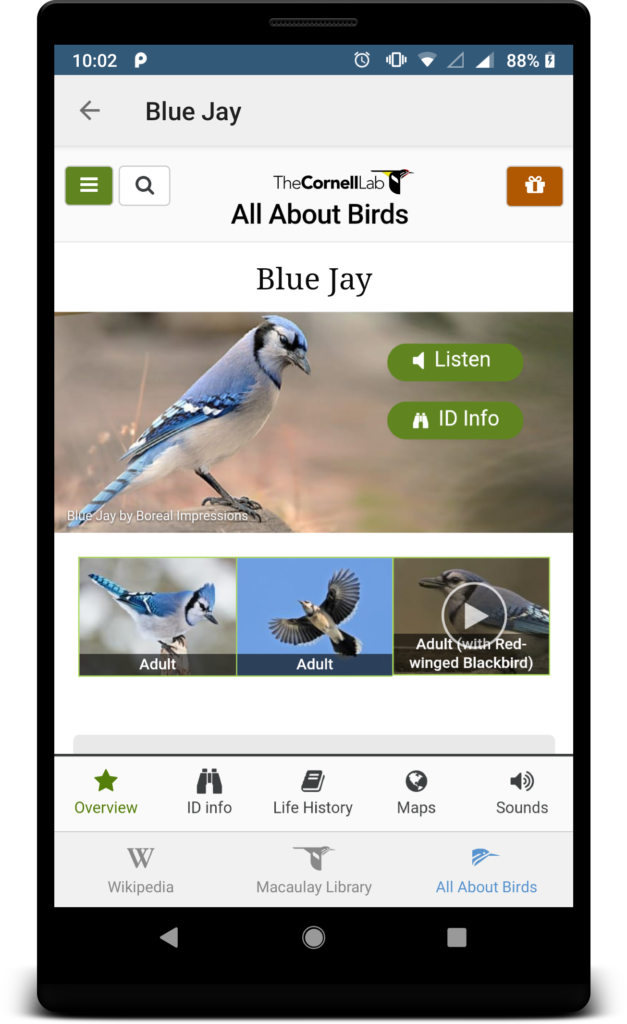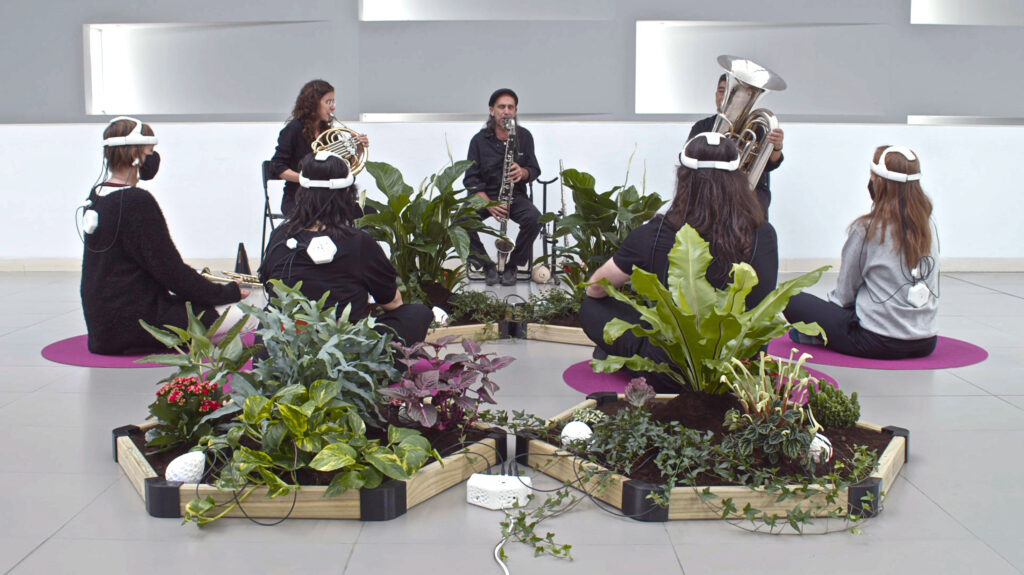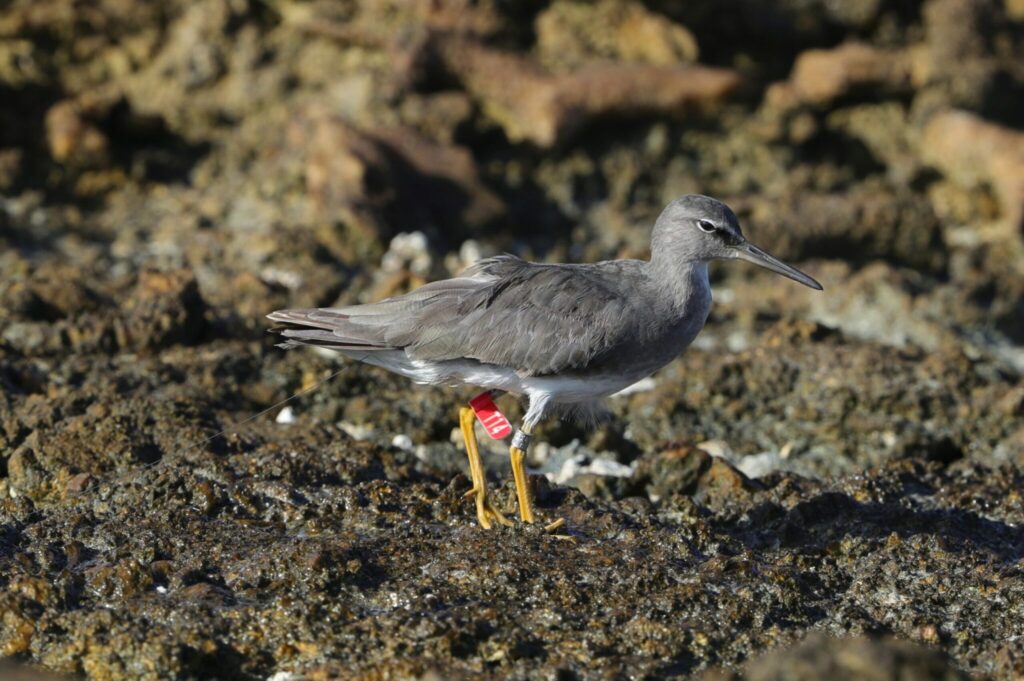Today’s blogpost is about : listening to nature. But first of all, what means listening ?
Listening is the active process of receiving and responding to spoken (and sometimes unspoken) messages.
Listening is not just hearing what the other party in the conversation has to say. “Listening means taking a vigorous, human interest in what is being told us,” said poet Alice Duer Miller. “You can listen like a blank wall or like a splendid auditorium where every sound comes back fuller and richer.”
So listening to nature can be litterally finding a way to hear it, or inventing more abstracted ways to pay attention to it.
Hearing nature
Some applications are making us closer to nature by teaching us names. Maybe you have it in your own pocket ! Pl@ntNet1 gives us plants names if you scan it, BirdNET2 the bird names with their sound… This is not revolutionnary, but at least, putting names on plants or animals we see is a good start to feel closer to them, as knowing other humans name might creates a closer relationships.

Pl@ntNet 
BirdNET
Nowadays, we have way to listen to nature… for real ! With the little help of electronic devices you can transform plant’s elecricity into sound or music3. How does it work ? First, you have to connect some alligator cables to the leaves, roots or stalk of plant. Then, a MIDI device is capting the electrical signal going through the plant, emphasize it and then translate it into music.
Some artists embraced this process and are making concerts with humans and plants, for example, Jean Thoby4. Personnally, I find this kind of music very relaxing and in my head, it is really associated to nature. I couldn’t imagine other sounds coming from it.

What is also really interesting in this concept is that the sounds depends on every plant and it’s environment. The kind of plant, it’s size, the weather, the wind, the surrounding, all those factors can have an influence on the electrical signal of the plant. This way, humans and plants can interact. The art performance Beyond Perception mesures electrical signals from humans and plants while playing music together to see how thay affect each other5. And the results are quite surprising : impossible to know if you are looking to the plant’s signal or human ! We seem to react the same way to music.

Giving nature a voice
Now we know we can hear nature like sounds or music. But what about giving it a real voice ? How can we do so ?
For now, I found nothing that was giving nature a voice like humans, but an abstract way to do so is with the creation of a juridical status for a nature entity. In Ecuador, the river Rio Vilcabamba has now a juridical status since 20116. This means that the river can sue every entity that harms it and has power to defend itself.

Listening to nature
We can also use technology associated to nature to understand more in depth the natural changes that can affect humans. A sort of animal internet.
The Kivi Kuaka expedition7 is a french project studying birds behavior to predict natural disasters. Scientists are putting some little GPS chips on the back of birds and then follow their signals. This way, instead of using high tech devices, nature could also gives us informations via birds.

One way to get closer to nature would be maybe to learn again how to read the signs it gives us. Signs of sickness, signs about the events to come, the weather, the seasons.
Sources :
- Application Pl@ntNet
- Application BirdNET
- Pavle Marinkovic, Plants making music…what’s that all about?, 2020
- Jean Thoby, Musique des plantes
- Maria Castellanos, Alberto Valverde, Beyond perception, 2020
- Joshua C. Gellers, Earth system law and the legal status of non-humans in the Anthropocene, 2021
- Kivi Kuaka expedition